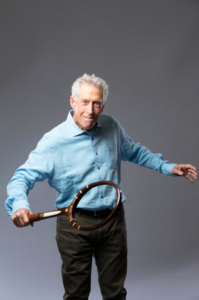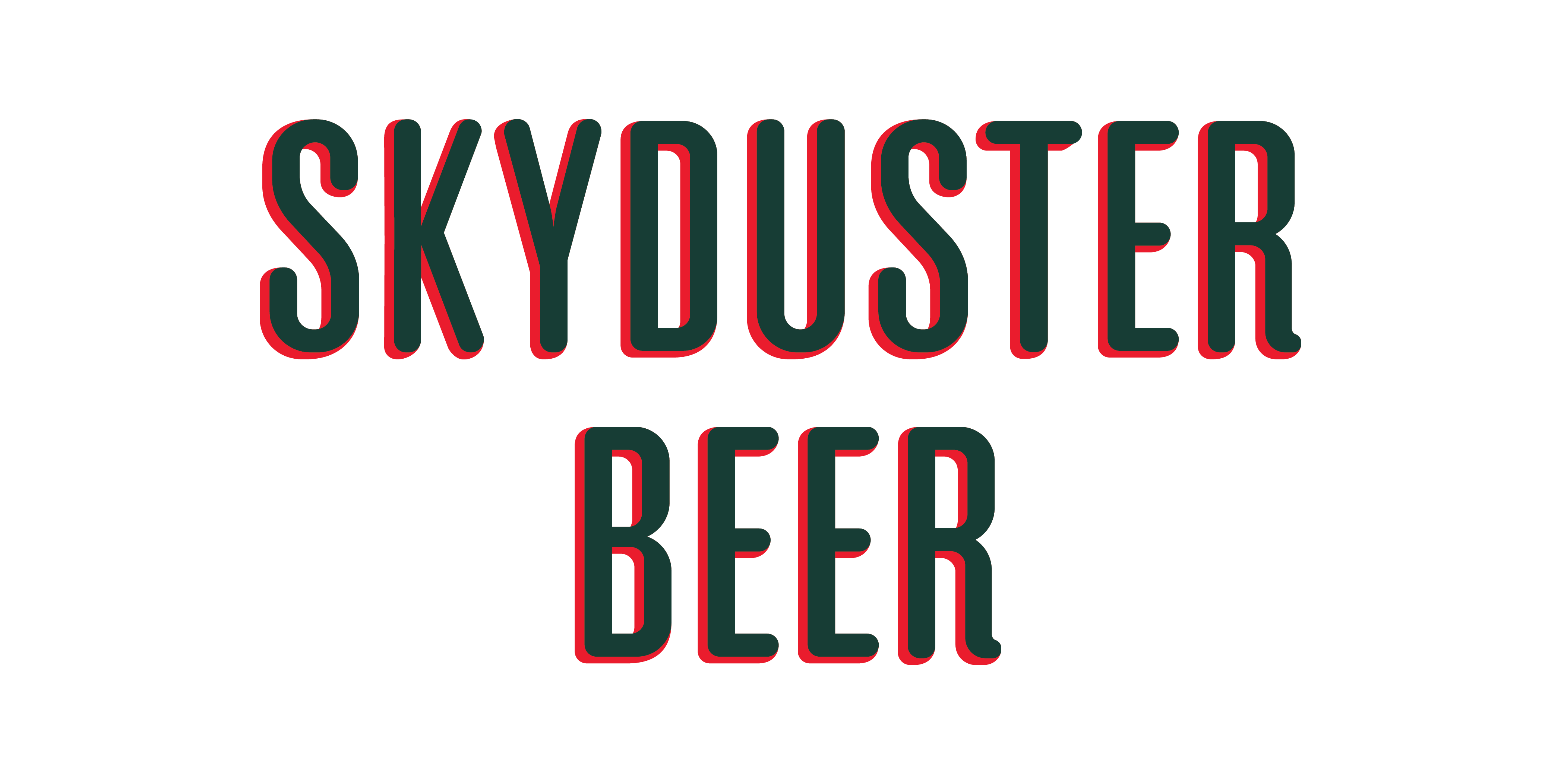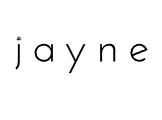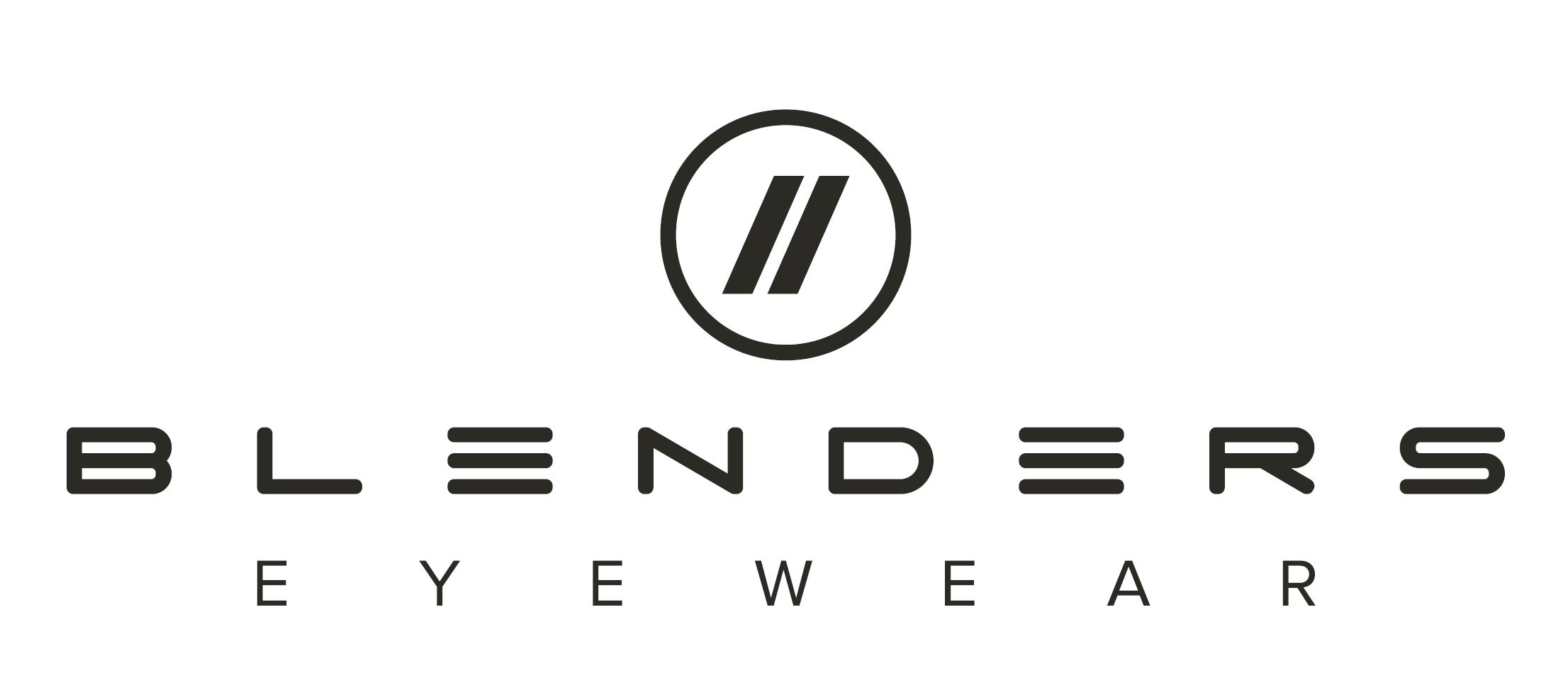Written by Larry Nagler
Although I believe that Brian Wan is by far the best paddle tennis player in the game, I don’t agree with his contention in his recent article “Break Serve More Often By Following The Ball” that “the most important tip” in breaking serve is to “watch your partner hit the return of serve” when you are the “net man playing up” because “this will help you establish a feel of your equity in the point.” In my opinion, to establish a feel for your equity in the point, you should be facing forward, if you are the net man, when your partner is returning the ball in order to best assess the situation and to do the most damage as the net man. Here is why.
Everything that happens in this situation happens in milliseconds, the higher level of the players involved, the faster it happens. So the question is – are you better off by watching your partner hit the return then turning to face the opposition and assess the situation? Or – are you better off facing forward and seeing the entire court situation as your partner is hitting the ball? Although the difference in time in the two approaches is milliseconds, I believe the latter provides both more time to assess things AND also provides a clearer view of the point circumstances than the other way around. I believe that (1) you lose precious milliseconds when you first focus on your partner hitting the return, and then have to refocus when you turn forward to see where the ball is actually going and exactly where the opponents are situated on the court; and (2) that your understanding and view of the precise circumstances of the point is far better by remaining forward facing taking everything that you see and hear into account. In this way, you can see the quality of the strike, the height and the direction as it unfolds before you. Furthermore, you can obtain the same basic information that Brian seeks to obtain, namely, the expected quality of your partner’s return simply by listening for the sound made by the ball on the paddle at the moment of impact when your partner makes contact with the return. If you hear the telltale crack of the ball on the paddle, you can anticipate a solid return and act accordingly. If you hear something less than the crack of the ball, beware. In bygone days, this is the way it was done in men’s pro tennis before men’s doubles got turned on it’s ear by many innovations, including having both members of the return team stay back at the moment of the return, which is how it’s generally done today. You used to be able to tell whether your partner’s return was well struck simply by the sound of the ball striking the racket.
I would add one more thing. I believe my suggested approach is far more important to employ the older you get. Looking back as your partner is hitting his/her return, and then trying to focus forward to assess all that is happening very quickly, only gets more difficult as you age, for obvious reasons. If you are 20 years old, it probably doesn’t matter which way you do it. For Brian, it may not matter, although I would argue that even he would be better off doing it differently; but the issue is what is best for the rest of us.
Here is a link to Larry’s recent TedXBoston event, “Life Lessons Learned on the Tennis Court.”



































